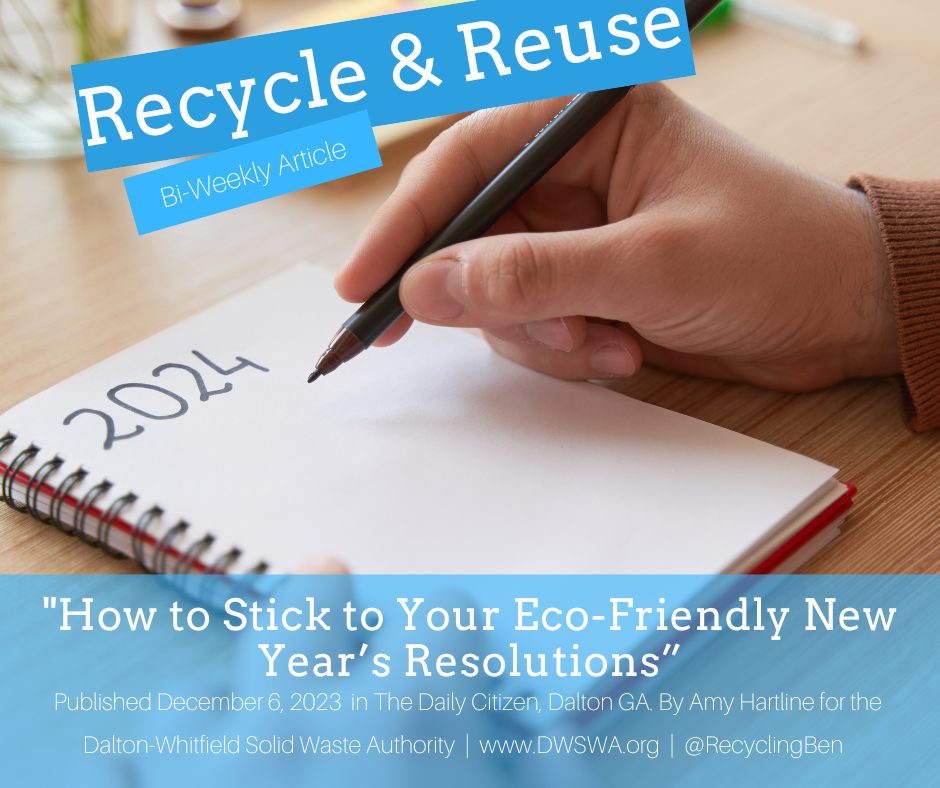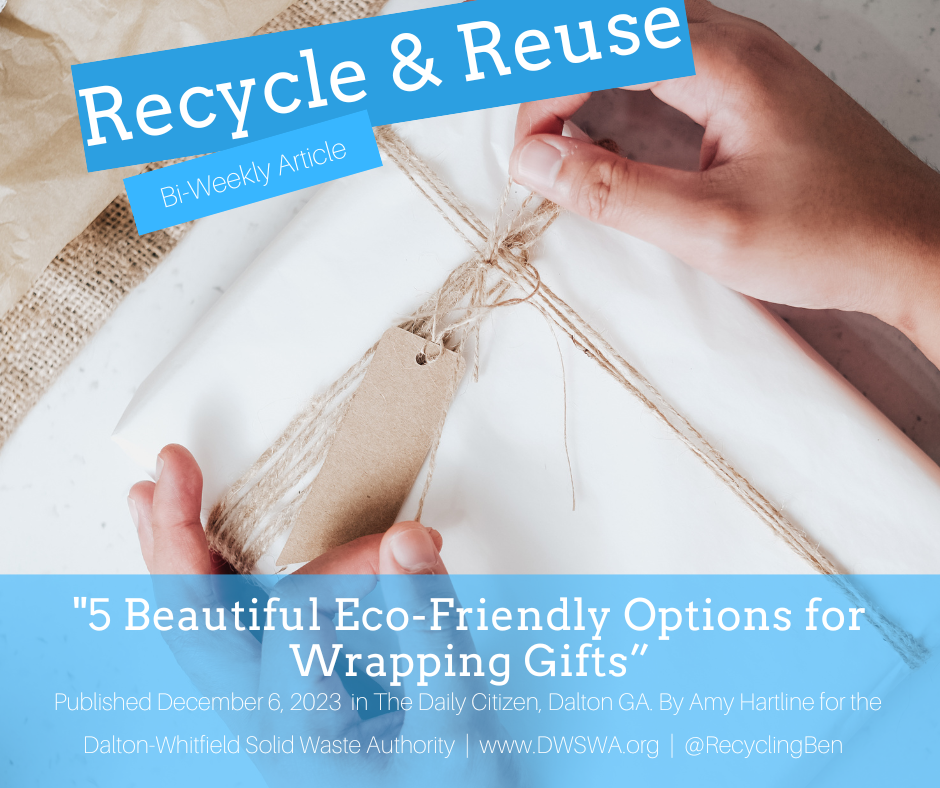Beneficial Bees, Bats, and Beetles
/A plum tree is pollinated by a honey bee. Pollinators provide pollination services to over 180,000 different plant species and more than 1200 crops. That means that 1 out of every three bites of food you eat is there because of pollinators.
This week we are celebrating National Pollinator Week, that was established about nine years ago to bring attention to the issues surrounding the decline of pollinators. Pollinators are beneficial insects and animals that help pollinate plants by transferring pollen from one flower to another. By transferring pollen these small creatures help fertilize the plants that in turn provide fruit, nuts, and other plants that we depend on. Fruits from this labor include cocoa beans for chocolate, vanilla, strawberries, almonds, blueberries, apples, melons, and many more delicious fruits and vegetables that we eat on a daily basis.
It's estimated that one out of every three bites of food that we take our thanks to the efforts of pollinators. According to the Pollinator Partnership (www.pollinator.org) “Worldwide, roughly 1,000 plants grown for food, beverages, fibers, spices, and medicines need to be pollinated by animals in order to produce the goods on which we depend.” In the United States, pollination by honey bees, native bees, and other insects produces $40 billion worth of products annually. Pollinators have a huge impact on commercial agriculture and home gardeners alike.
As beneficial as pollinators are they have been negatively impacted by human activity. There is mounting evidence that pollinators have suffered from a loss of habitat, misuse of chemicals in agricultural settings, and from the introduction of invasive plants and animals which are non-native to regions where native pollinators live. In the United States, it's estimated that more than 50% of managed honeybee colonies have been lost during the past decade.
Lack of food sources for pollinators is one of the big causes of the decline in pollinator populations, however, food sources for pollinators are also one of the areas where you can help ensure the success of affected pollinators like the honeybees. Individuals are encouraged to plant native flowers and trees, especially those that provide nectar for adult pollinators and food for insect larvae.
The Pollinator Partnership provides free eco-regional pollinator planting guides online. With a simple search by zip code, you can identify which plants to choose, when to plant them, and when they’ll bloom. Our community is listed as part of the Southeast Mixed Forest region. Some of the plants listed as being in bloom now include New Jersey Tea, Persimmon, Swamp Rose, Coreopsis, and Coral Honeysuckle. The charts make it easy to select a variety of plants that provide blooms from spring thru fall.
Another resource to help you choose plants that are both native to our area and pollinator friendly is the smartphone app called BeeSmart Pollinator Gardener. BeeSmart has a comprehensive guide to selecting plants for pollinators which run off of a database of nearly 1,000 native plants divided into ecoregions. When you launch the app, enter your zip code, and then select the plants category. Within that section narrow down your choices by selecting plants by pollinator type, plant color, and sunshine requirements. The app is free for both Android and iOS devices.
In addition to the Pollinator Partnership, the Monarchs Across Georgia program, from the Environmental Education Alliance of Georgia, also provides educational information about pollinators at eealliance.org. Though they specialize in Monarch butterflies, the downloadable PDF documents detail beneficial plants and practices for pollinators, in general, are available for free. There are even kid friendly versions for schools.
Once you have a garden established you could apply to have it be recognized as an official Waystation or habitat for Monarch butterflies with Monarchs Across Georgia. Each waystation is a mini habitat that provides milkweed plants for butterflies to lay their eggs on, and which the caterpillar will later eat as it grows; and nectar plants which provide food for adult butterflies. Getting certified helps scientists track the resurgence of habitat spaces throughout the country.
You can also encourage children to participate by helping to select plants for the garden, and even plant, and then maintain some flowers themselves. Always remind kids to be kind to pollinators and be gentle and quiet when they’re around. Encourage them to look but not touch when they see a butterfly, bee, or hummingbird outside. Pollinators will not hurt them if they leave them alone and are calm.
To ensure the success of your pollinator garden avoid the use of pesticides that can also kill bees and other insects. If you must use them use the least toxic ones you can find. Applying pesticides at night when most pollinators are not active is highly recommended. Finally, provide water sources without letting them become a breeding area for mosquitoes by changing the water daily.

































